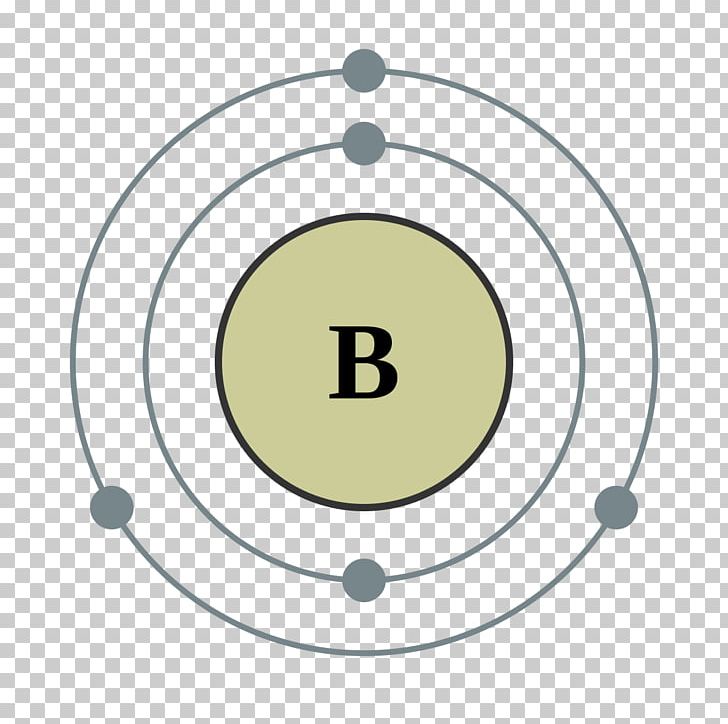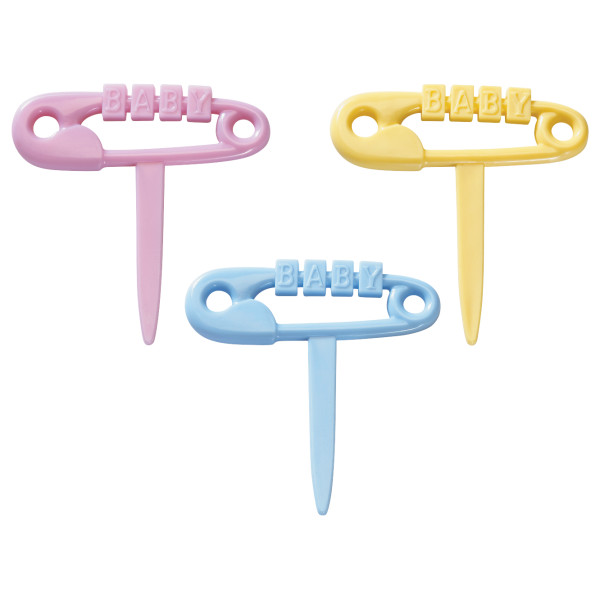

It details a scene between a submissive and his dominatrix, involving repeated diapering, spanking, enemas, strained prunes, a collar, a leash, bottle feeding, breast feeding, whipping, handcuffs, public exposure, a pivoting table with straps, etc. One 1974 example is "Rubber Nurse." It was published by the House of Milan (in Los Angeles, California) as a spinoff from "Rubber Life." Unsurprisingly it included a lot of rubber. In terms of marketing, this made sense: Limited shelf space in adult bookstores meant that publications needed to appeal to wide segments. Much emphasis was given to more established alternative markets, such as rubber fetishism and transvestism. In the mid 70's, the pornography industry tested the water with a few publications that included diapers with a mix of other themes and more mainstream sexuality. Letters and ads also appeared in "Penthouse Letters", "Forums", and "Variations" as well as other adult magazines.

It was estimated that 75% of gay infantilists first discovered they were not alone when they found an ad, such as in the nation's largest gay newspaper, "The Advocate.". He also placed ads in "Fetish Times", "The Advocate", and "Rubber Life".
DIAPER PEN FREE
Speaker's masters thesis documented one ABDL, Kent Perry, who built a network of several hundred, starting with personal ads in the "LA Free Press" in 1970 or 1971. They were carrying more content, including more ads and letters. In the 60's and 70's, adult, gay, and underground publications were being established and becoming more liberated. These might have been sufficiently free of mainstream sexual elements to avoid censorship. One pre-Stonewall publication was Canada's "Justice Weekly", which in 1965 included texts such as "Diapered Hubby of 48 Also Writes", written by "Diapered, Dominated Husband". For example, "London Life" is sometimes discussed as carrying the letters of ABDLs before their offices were destroyed during World War II. It is unclear when ABDL material started to appear in print. More specifically, a rubber fetishist writer, a seamstress grandmother, and a transsexual publisher would play key roles alongside ABDLs in the birth of the ABDL community. In general, the stage was set by the organization and activism of GLBTs. While there have been a number of notable ABDL leaders in the community's past, non-ABDLs also played a substantial role. Long before the Internet, the ABDL community grew from a few scattered personal ads to ABDL-specific organizations with their own periodicals.


 0 kommentar(er)
0 kommentar(er)
